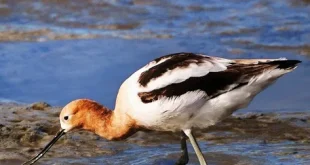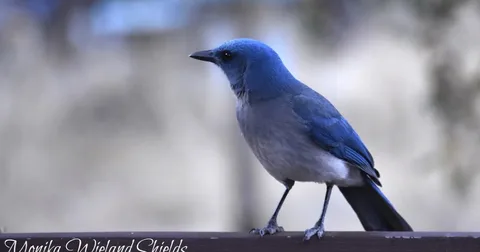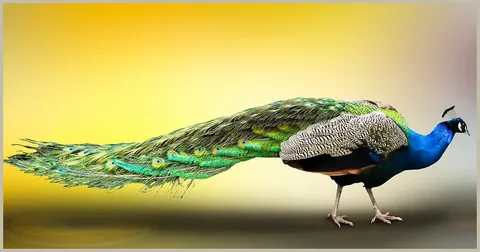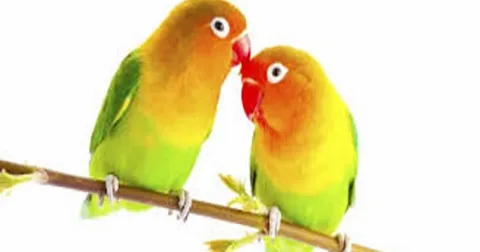What Makes Beautiful Seagulls So Fascinating Across the USA
Beautiful Seagulls, often simply called “gulls,” are one of the most fascinating and widely recognized seabirds across the globe. Known for their adaptability, intelligence, and striking appearance, these birds have captured human curiosity for centuries. Beautiful Seagulls graceful flight patterns and harmonious connection to coastal life, seagulls embody the beauty and resilience of marine ecosystems.
1. Introduction to Seagulls
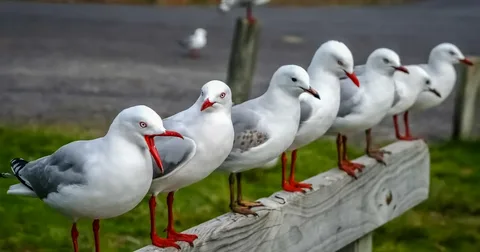
They are medium-to-large-sized birds, typically recognized by their white and gray plumage, long wings, and distinctive hooked bills.
Unlike many bird species, Beautiful Seagulls are highly adaptive and can thrive in diverse environments. They are often seen soaring effortlessly above the waves or gliding gracefully over city harbors. While many associate Beautiful seagull exclusively with oceans, some species live far from the sea, proving their remarkable ability to adjust to different conditions.
2. Physical Characteristics and Species Diversity
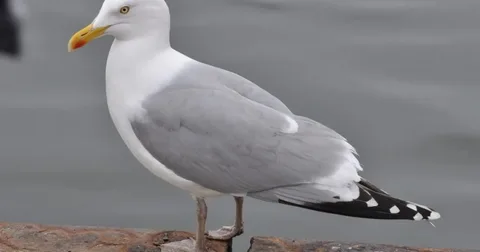
Beautiful Seagulls exhibit an incredible diversity, with over 50 recognized species worldwide. Some of the most popular species include:
- Herring Gull (Larus argentatus)
- Black-headed Gull (Chroicocephalus ridibundus)
- Ring-billed Gull (Larus delawarensis)
- Great Black-backed Gull (Larus marinus)
- Laughing Gull (Leucophaeus atricilla)
Their size varies significantly across species. For example, the Little Gull measures just around 25 cm (10 inches), while the Great Black-backed Gull can reach up to 76 cm (30 inches) in length and weigh nearly 2 kilograms.
Beautiful Seagull possess webbed feet, allowing them to swim efficiently, and their sharp, curved beaks make them adept at catching fish, insects, and even scavenging food from human settlements. Their keen eyesight enables them to spot prey from considerable distances, while their strong wings are built for long-distance migration and dynamic gliding over the sea.
3. Diet and Foraging Behavior
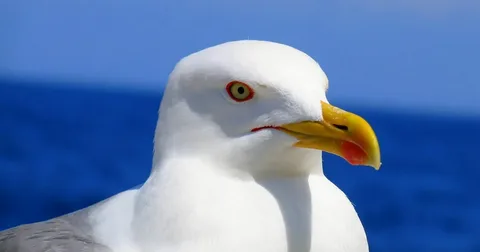
Unlike birds with specialized diets, seagulls are omnivorous scavengers capable of adapting to whatever food sources are available. Their diet includes:
- Fish and crustaceans caught near the shore
- Insects and small invertebrates from coastal environments
- Eggs and chicks of other bird species
- Grain, seeds, and fruits in inland habitats
- Human food waste from cities and beaches
Seagulls are also known for their innovative feeding strategies. For example, some species have been observed dropping hard-shelled mollusks onto rocks to break them open, showcasing their problem-solving intelligence. In urban areas, they frequently raid garbage bins or even snatch food directly from people’s hands, highlighting their adaptability to human-dominated landscapes.
Interestingly, seagulls also exhibit kleptoparasitism, where they steal food from other birds. This competitive strategy ensures they maximize available resources, especially in densely populated colonies.
4. Social Behavior and Communication
Seagulls are highly social birds, often living and nesting in large colonies that may number in the thousands. These colonies are typically located on remote islands, cliffs, or beaches, where safety from predators is greater.
Communication among seagulls is complex and involves a mix of calls, body language, and aerial displays. Each call has a specific meaning, whether it signals danger, claims territory, or coordinates feeding. Their loud, distinctive cries are a defining feature of coastal environments, blending seamlessly with the sound of crashing waves.
During the breeding season, seagulls form monogamous pairs that usually last for life. Both parents share responsibilities, including building nests, incubating eggs, and feeding chicks. The young gulls are highly dependent on their parents for several weeks after hatching, learning essential survival skills before they fledge and become independent.
Moreover, seagulls display a sense of community intelligence. When a predator threatens a colony, the birds engage in mobbing behavior, attacking intruders in coordinated groups to drive them away. This cooperative defense highlights their social complexity and strong instinct for collective survival.
5. Ecological Importance and Human Interaction
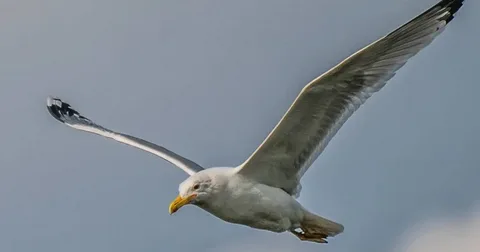
As scavengers, they help clean up dead fish, organic waste, and other debris, effectively maintaining environmental balance. By preying on smaller marine organisms, they also contribute to regulating food chains and maintaining biodiversity.
However, seagulls’ close interaction with humans has led to both positive and negative impacts:
Positive Roles
- Tourism and culture – Seagulls are often depicted in art, literature, and photography, symbolizing freedom and coastal beauty.
- Environmental health indicators – Their presence and behavior help scientists study changes in marine ecosystems.
Challenges
- Urban conflicts – In cities, seagulls can become a nuisance by raiding food, scattering trash, and nesting on rooftops.
- Dependency on human food sources – Increased reliance on human waste alters their natural feeding habits.
To coexist harmoniously with seagulls, conservationists encourage responsible waste management and public awareness about not feeding wild birds.
Conclusion
Seagulls are far more than just common coastal birds; they are intelligent, adaptive, and ecologically significant creatures. Their graceful flight, remarkable survival skills, and close connection to marine life make them an integral part of our natural world. While human activity has influenced their behavior in many ways, preserving their natural habitats and understanding their ecological roles is essential for maintaining healthy coastal ecosystems.
By appreciating seagulls for their beauty, intelligence, and resilience, we gain a deeper respect for the delicate balance of life where land meets sea.
 Birds Drawing Birds Drawing
Birds Drawing Birds Drawing

